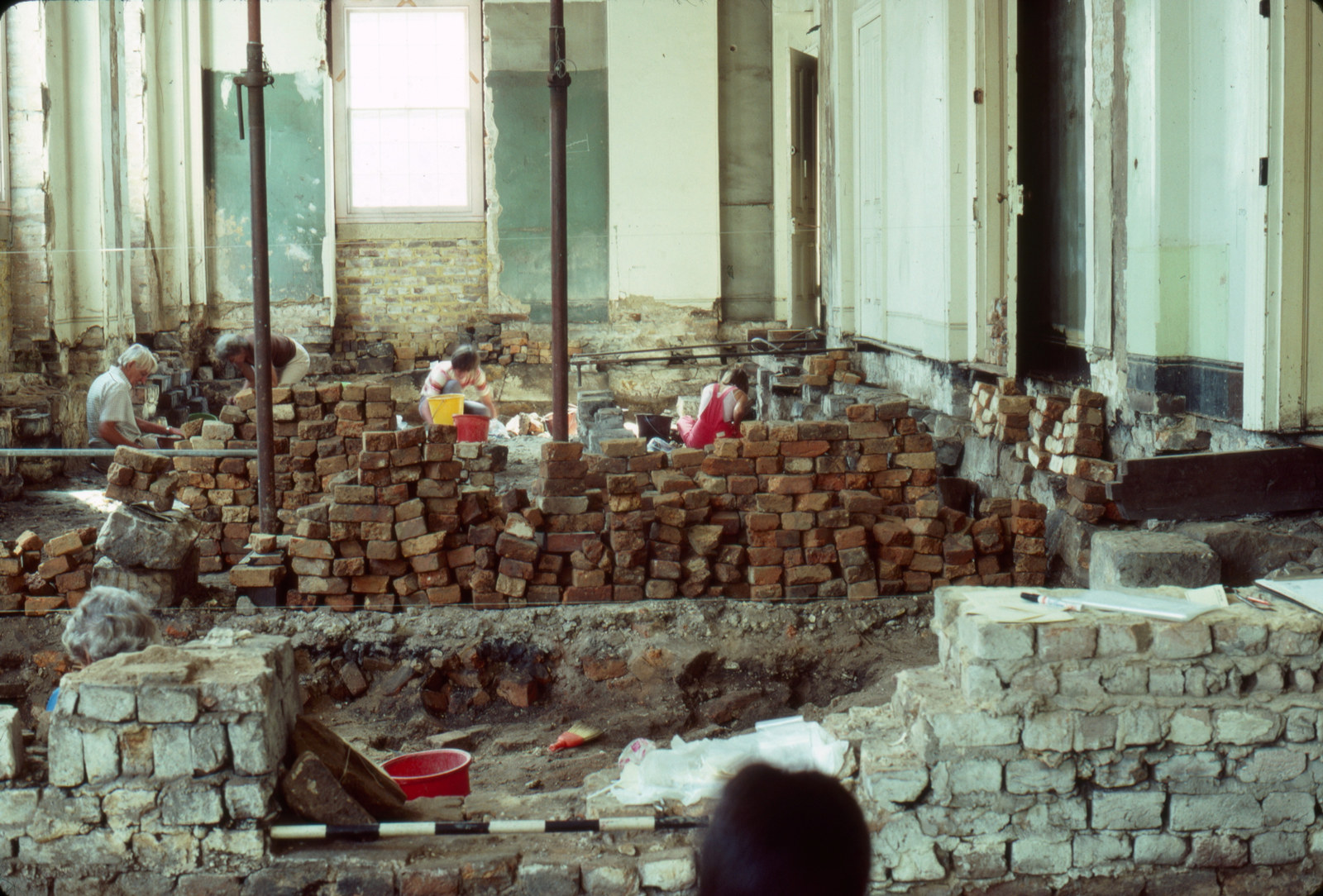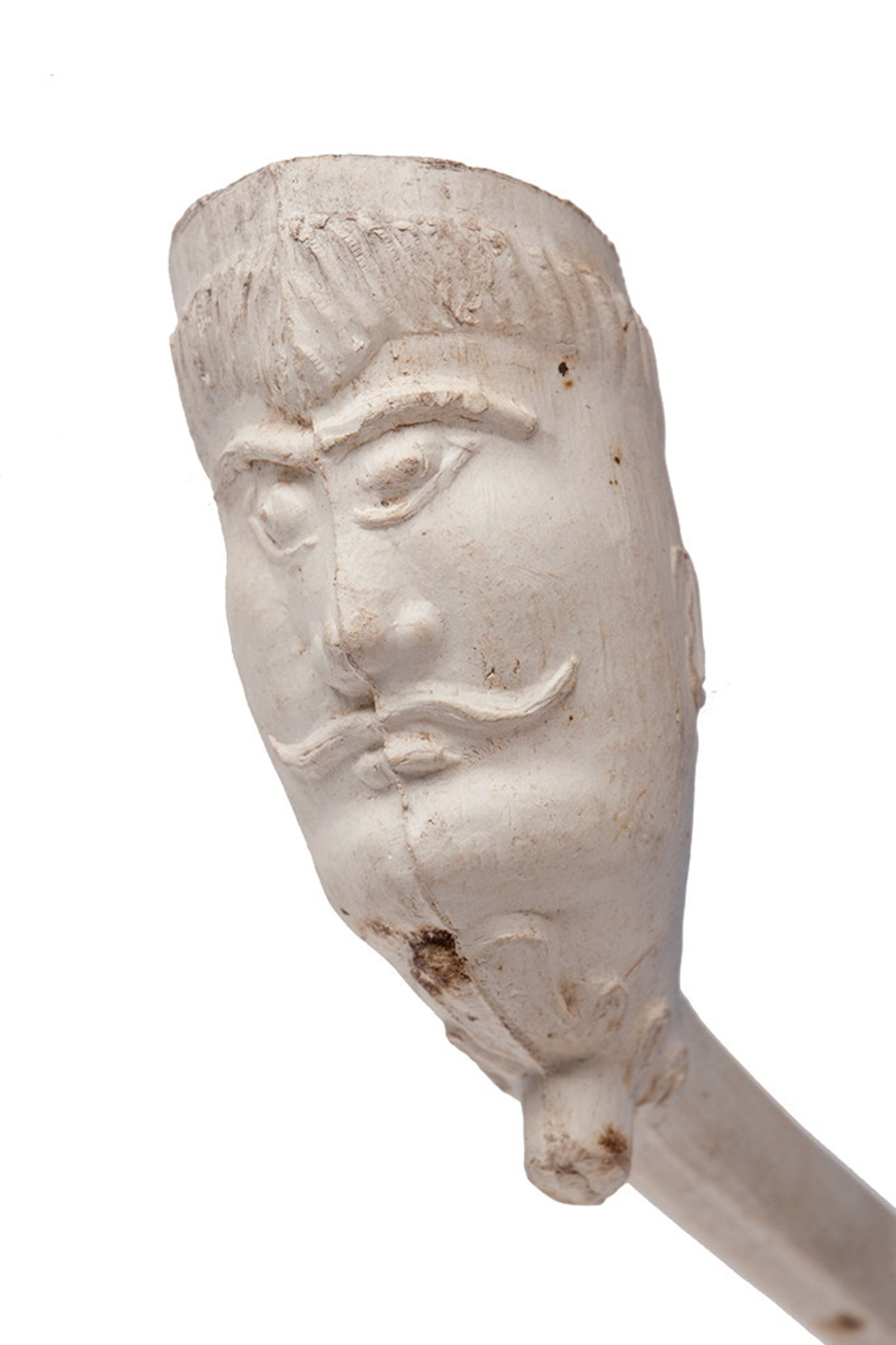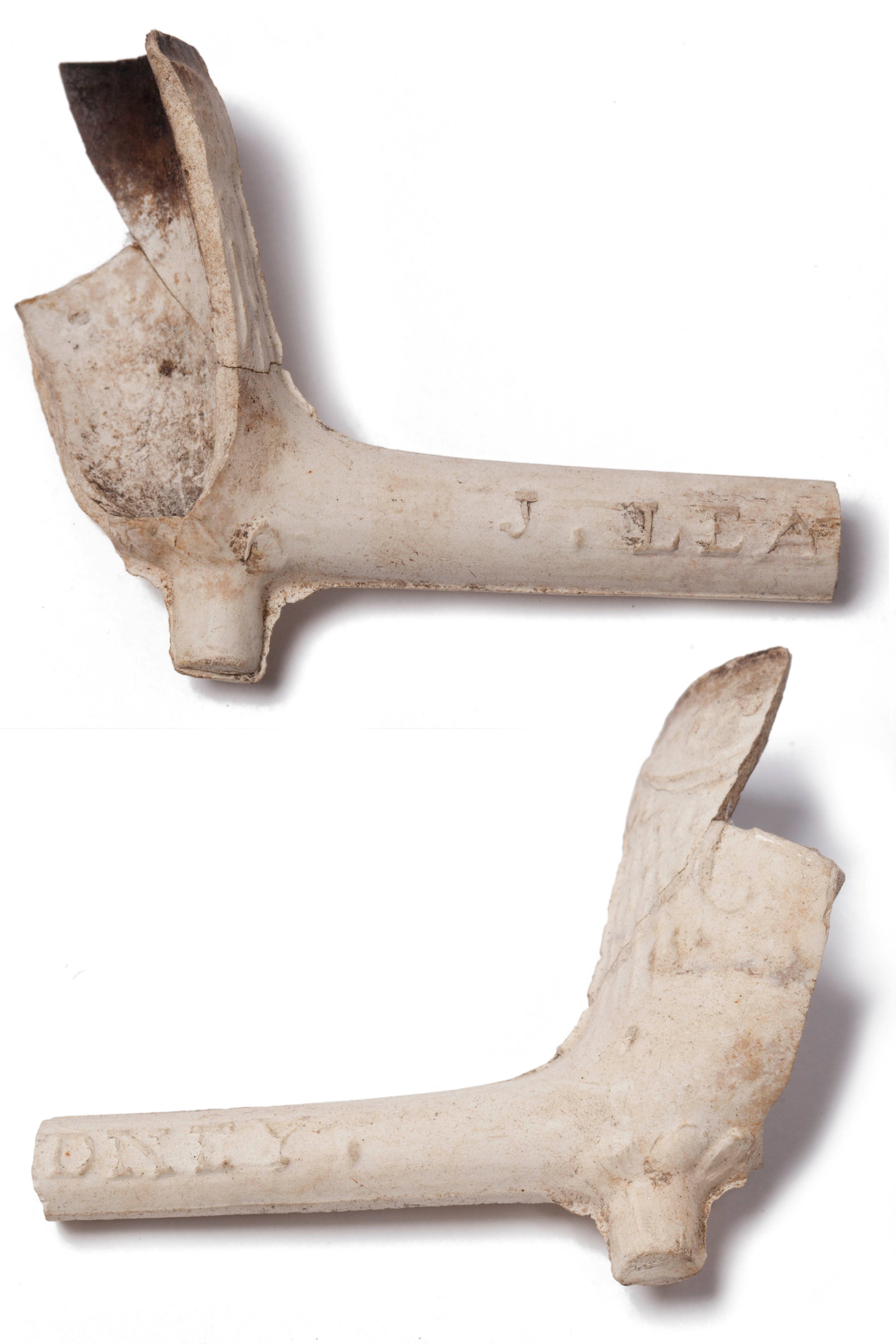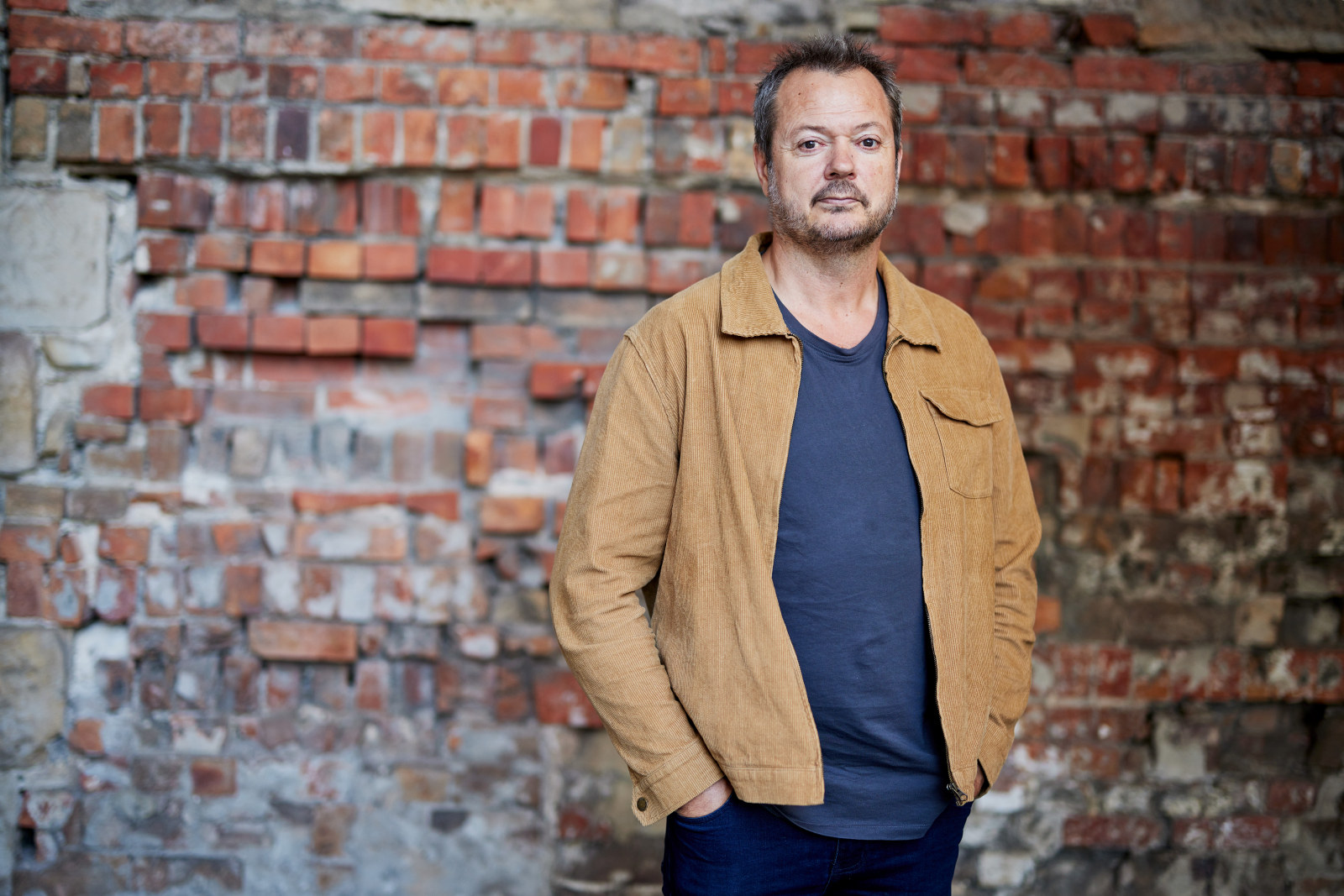3D scanning the archaeological dog skeleton
A key component of Museum of Sydney’s interpretation is the archaeological remains of First Government House.
Visitors can view the foundations and brick barrelled drain from the bakery through a series of glass windows set into the floor of the foyer. Beside these are a series of in floor showcases displaying some of the archaeology found during various digs in the 1980s. Imported ceramic plates, charcoal from ovens, bones from cooking and window glass feature in the cases. With so many people walking through the foyer, the glass needs replacing from time to time.
This week we have been changing the glass over, giving us the opportunity to undertake 3D scanning of some of the key items from this display, including scanning the skeleton of a much-loved dog c1820 found buried on site.
Published on
Related

A short history of the Hyde Park Barracks
In the early 19th century, the Hyde Park Barracks was the central convict institution and crossroads for tens of thousands of convicts shuffled back and forth throughout the colony. It's now on the World Heritage list, recognised among the world’s most important cultural heritage places linked to forced migration, colony building and convict culture.

Archaeology in action: Hyde Park Barracks
Occupied continuously by government institutions throughout its history and with over 100,000 individuals passing through, Hyde Park Barracks has a rich archaeological record

Convict Sydney
Clay Tobacco Pipe
This tobacco pipe with its bowl in the shape of a man’s head was recovered by archaeologists at Hyde Park Barracks

Convict Sydney
Clay tobacco pipe
There were 1500 fragments of convict-era clay tobacco pipes recovered by archaeologists from Hyde Park Barracks
